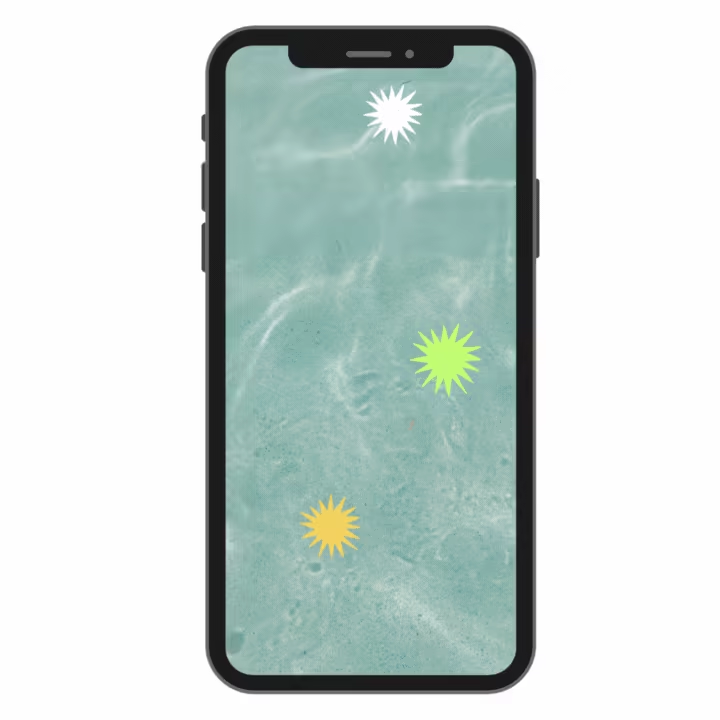In texting, “TS” usually means “Talk Soon,” but it can also stand for “True Story” or “Tough Situation.” The right meaning depends on context—tone, punctuation, and the words around it. For example, after a thank-you or sign-off, TS = “Talk Soon.” After bad news, it often signals empathy (“Tough Situation”). You’ll also see slang uses (“That/This sh*t”) and technical senses like timestamp or TypeScript. Use the quick tips below—and the Quick-Scan Use-Cases of “TS” table—to decide in seconds which meaning fits your chat.
Top "TS" Meaning at a Glance
- Most common: Talk Soon
- Also: True Story, Tough Situation
- Others: That/This sh*t, Too Serious, Timestamp, Top Secret, TypeScript
ᴀᴅᴠᴇʀᴛɪsᴇᴍᴇɴᴛ
Quick-Scan Use-Cases of “TS”
| Meaning | Context | Example |
|---|---|---|
| Talk Soon | Casual chats | "Thanks for your help today. B: Anytime—TS!" |
| Tough Situation | Expressing empathy | "I just lost my wallet. B: TS, that's rough." |
| That/This Sh*t | Emphasis or frustration | "This traffic is endless. B: TS, seriously." |
| True Story | Confirming authenticity | "I saw an elephant at the mall—TS." |
| Too Serious | Light teasing | "You didn't laugh at that joke? B: Don't get so TS." |
| Timestamp | Technical reference | "Where does the chorus start? B: At TS 02:15." |
| Top Secret | Confidential information | "Any update on the merger? B: TS—can't share yet." |
| TypeScript | Programming language | "Can we refactor in TS? B: Sure, TS gives us better typing." |
Common Uses of “TS” in Texting

1. Chat Closers: “Talk Soon”
Use TS to wrap up a conversation when you plan to reconnect later.
Example:
Emma: "Thanks for your help today."
Jack: "Anytime—TS!"
When to use: Friendly or semi-professional chats—avoids the formality of “Talk soon.
2. Empathy Cue: “Tough Situation”
TS can signal support when someone shares bad news or frustration.
Example:
Lily: "I just lost my wallet."
Jordan: "TS, that's rough."
When to use: Casual empathy among friends; skip in formal emails.
3. Slang Emphasis: “That/This Sh*t”
A vulgar, emphatic interjection for irritation or intensity.
Example:
Taylor: "This traffic is endless."
Chris: "TS, seriously."
When to use: Among close friends; never in professional contexts.
4. Authenticity Marker: “True Story”
TS highlights that you're recounting a genuine event.
Example:
Mia: "I saw an elephant at the mall—TS."
Leo: "TS—what do you say?"
When to use: To authenticate something unbelievable or add as an excitement booster.
5. Tone Alarm: “Too Serious”
Tease someone for being overly earnest or stiff.
Example:
Alex: "You didn't laugh at that joke?"
Rachel: "Don't get so TS."
When to use: Light banter; be careful it isn't taken as rude.
6. Time Marker: “Timestamp”
TS stands for the point in time in audio, video, or logs.
Example:
Jamie: "Where does the chorus start?"
Pat: "At TS 02:15."
When to use: Walk colleagues through recordings, bug reports, or transcripts.
7. Confidential Tag: “Top Secret”
Use TS to mark sensitive info in informal notes or chats.
Example:
Mark: "Any update on the merger?"
Sara: "TS—can't share yet."
When to use: Internal team channels; don't rely on abbreviations for actual security.
8. Coding Shorthand: “TypeScript”
Among developers, TS often means Microsoft's TypeScript language.
Example:
Priya: "Can we refactor in TS?"
Miguel: "Sure, TS gives us better typing."
When to use: Dev chats (Slack, GitHub issues); avoid ambiguity by capitalizing TS.
When (and When Not) to Use “TS”
Do use TS:
- In casual digital chats where the audience understands the context.
Don't use TS:
- In formal emails, academic writing, or with people who may misinterpret it.
Tip: Spell out the full phrase on first use if you're unsure of your reader's familiarity.
ᴀᴅᴠᴇʀᴛɪsᴇᴍᴇɴᴛ
Key Takeaways
-
Versatile acronym: The meaning of “TS” ranges from “Talk Soon” to “Timestamp” to “TypeScript.”
-
Context matters: Always match “TS” to your audience and platform.
-
Use sparingly: Overuse can confuse or appear unprofessional.
Related Articles:







